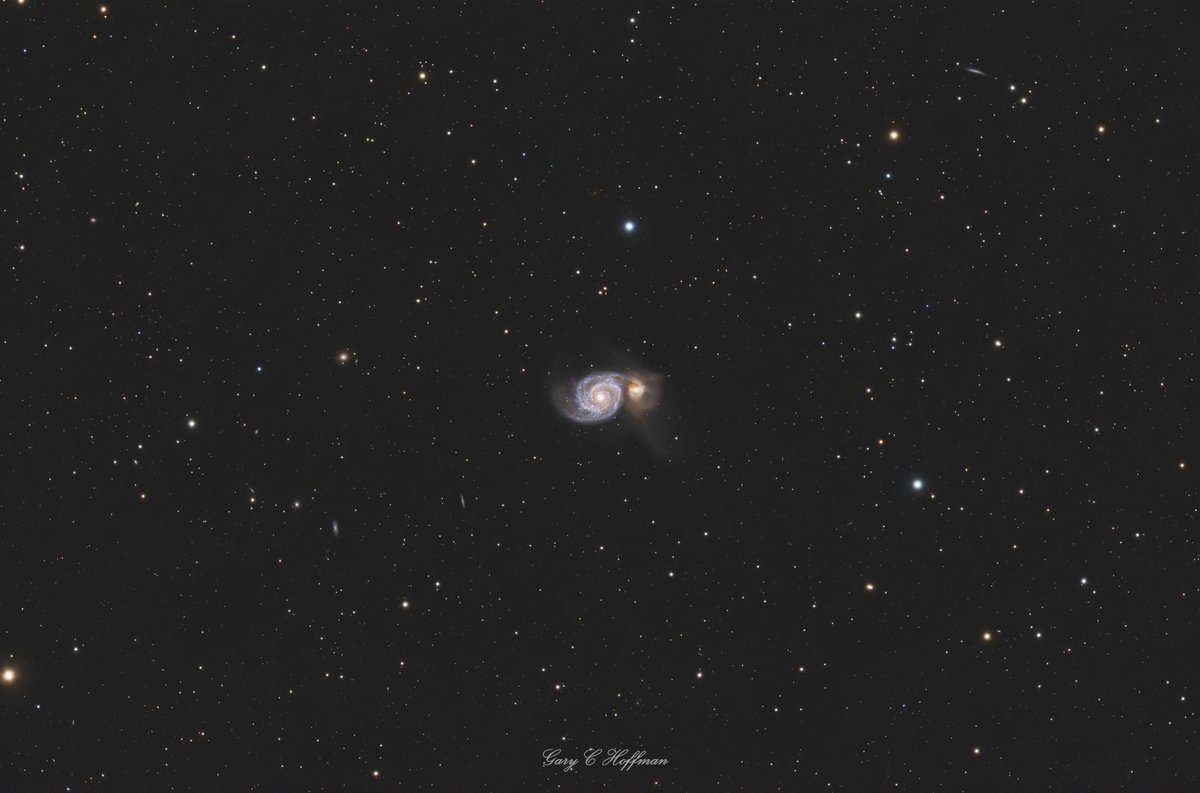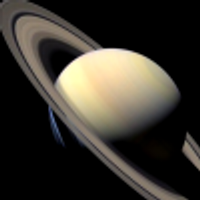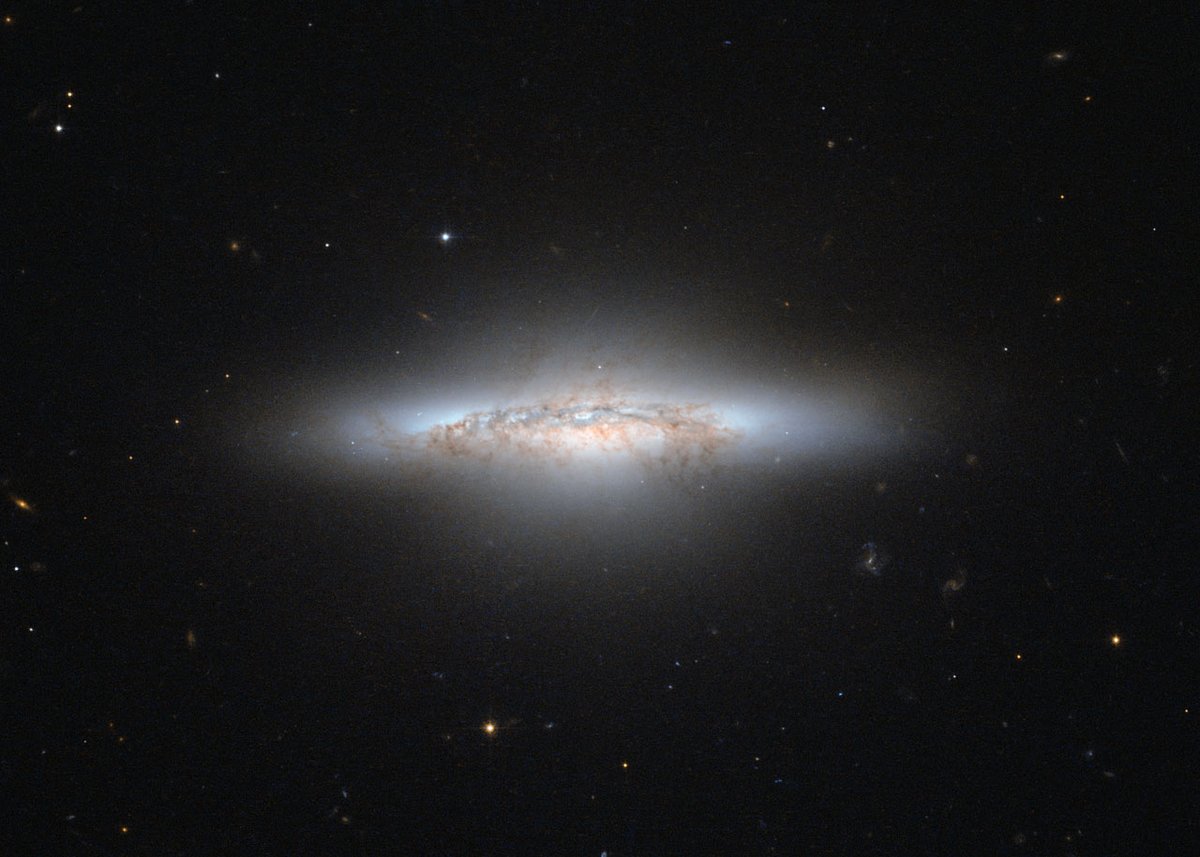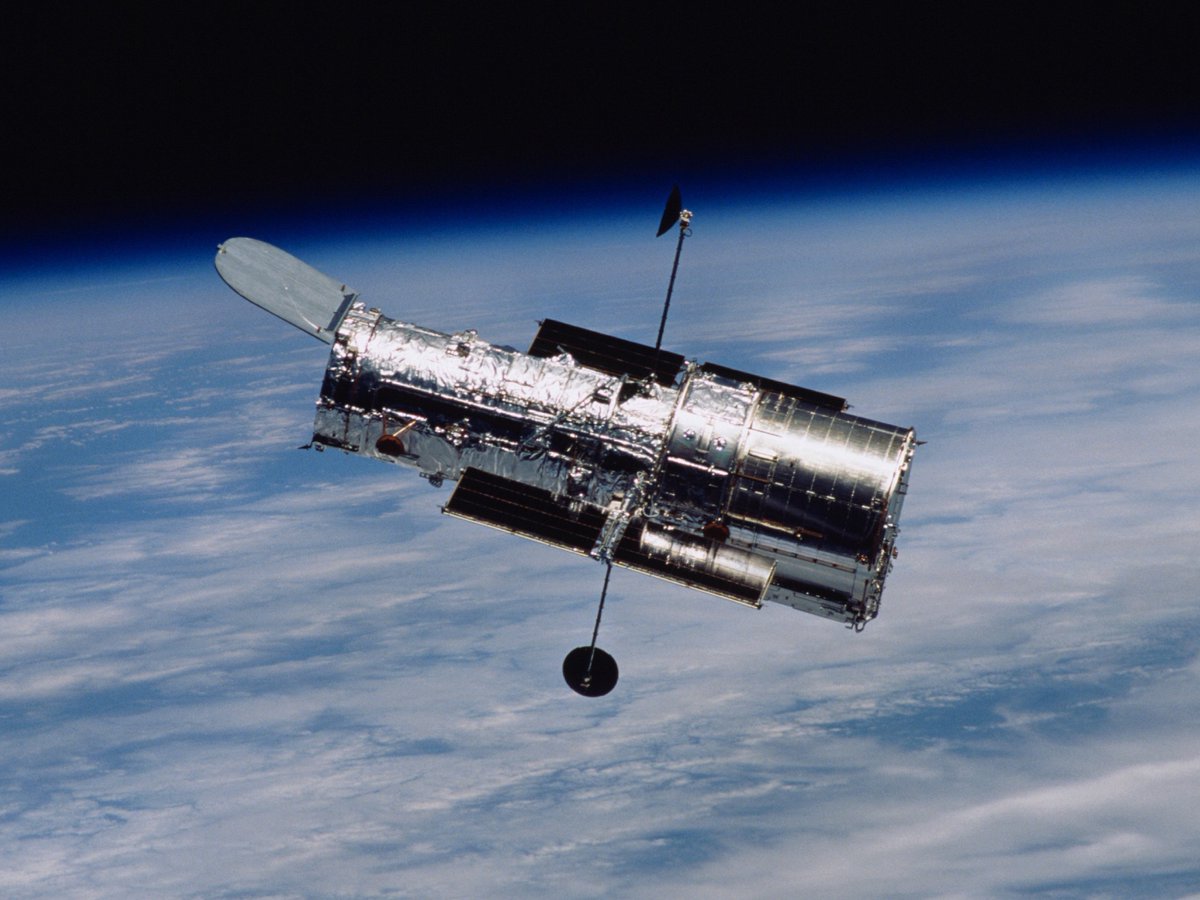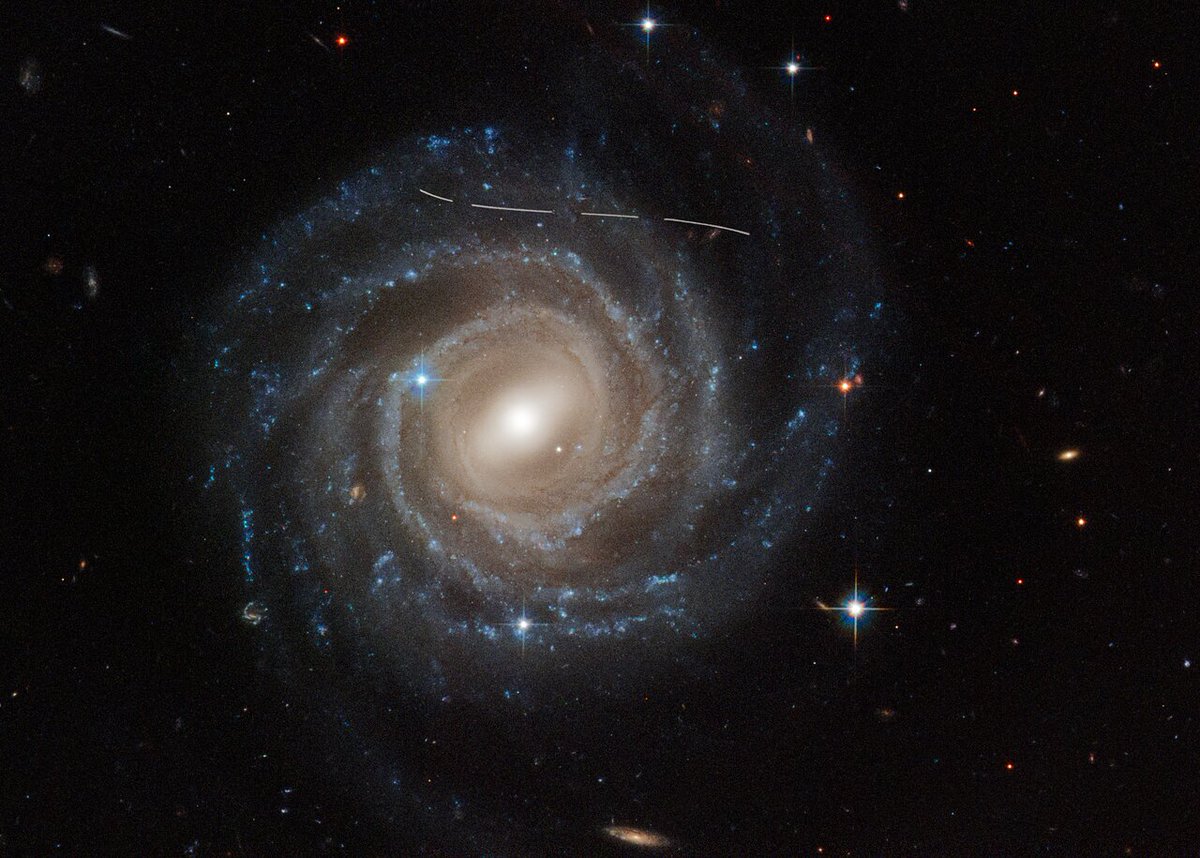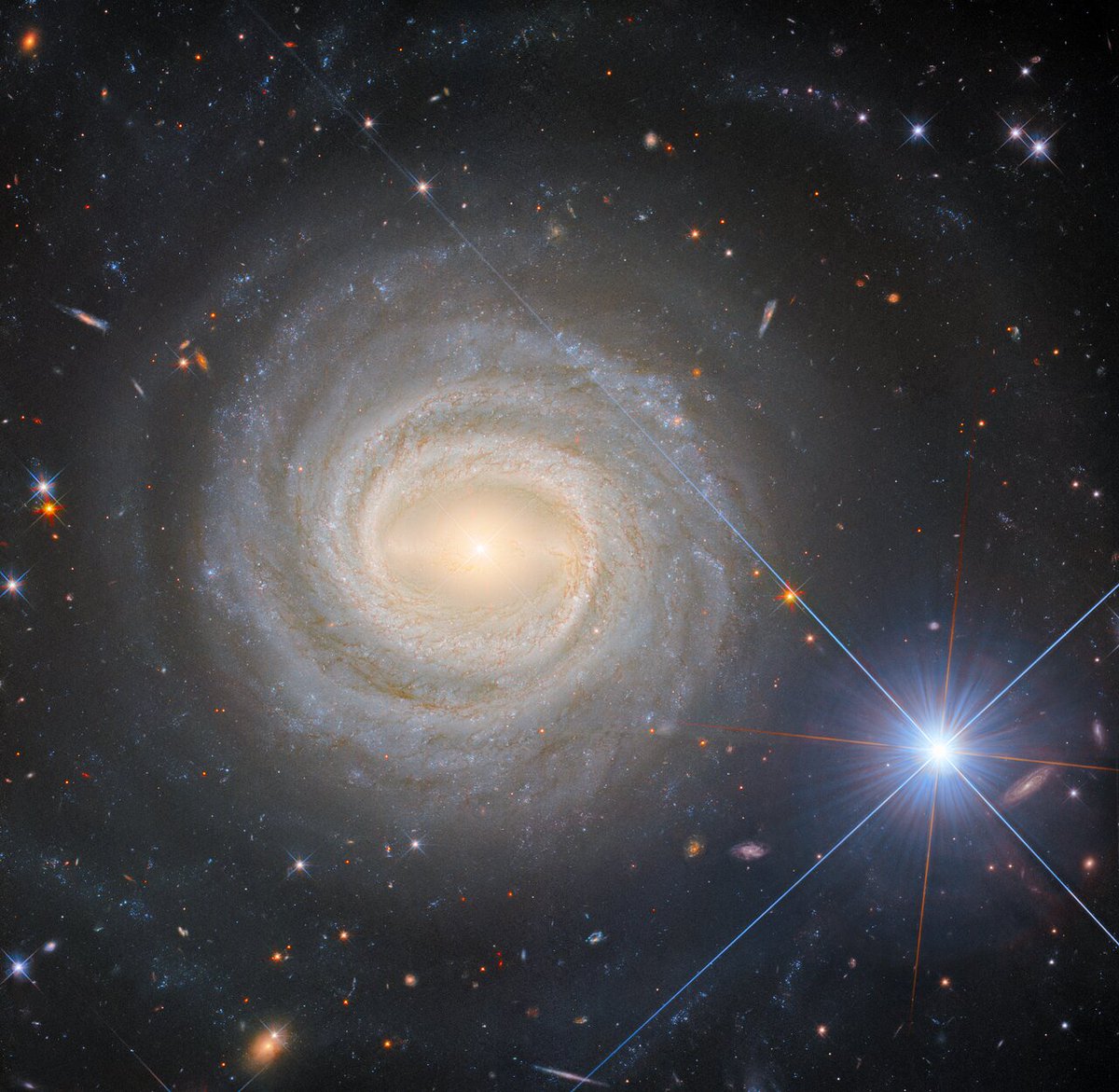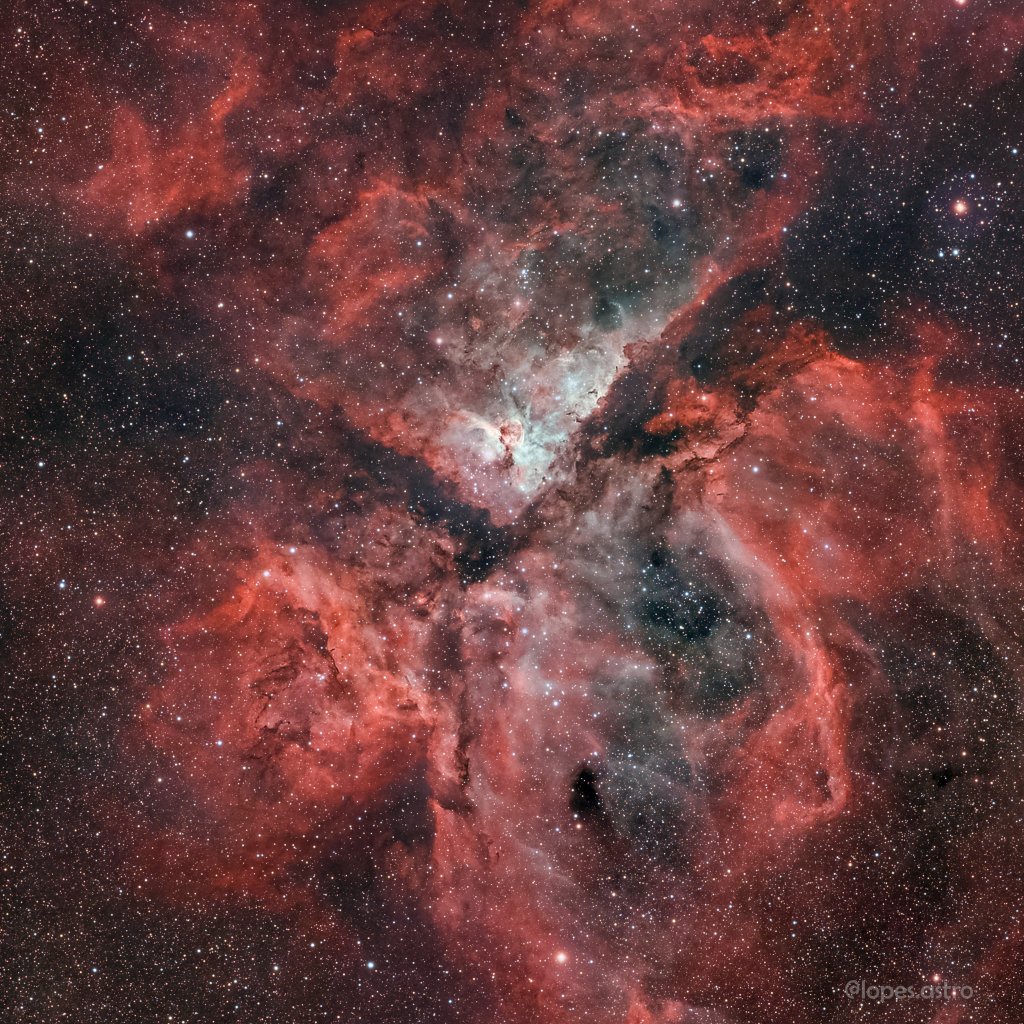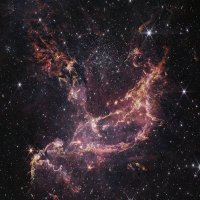




Graxpert 3.0
Background extraction & AI generated Noise reduction.
Used on a 2 panel mosaic of the Rosette Nebula NGC 2244.
Impressive Noise reduction power
Background extracting, not so much.
Still a very impressive FREE program.
#astronomy #Astrophotography
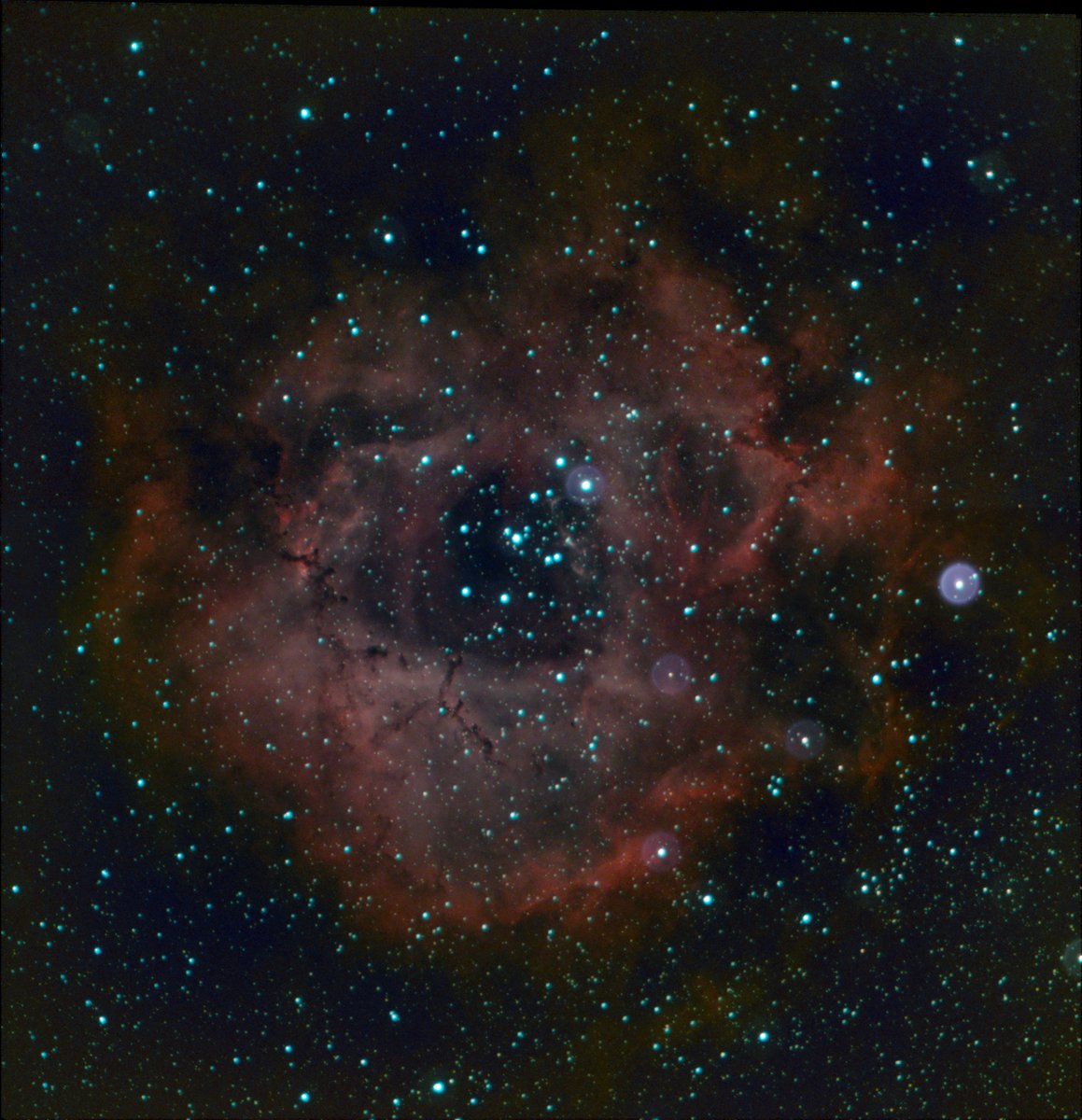




AstroBin's Image of the Day: 'Mars 2022-11-24' by Martin Bernier
astrobin.com/8ydz8s/?utm_so…
#astrophotography #astronomy #astrobin #imageoftheday
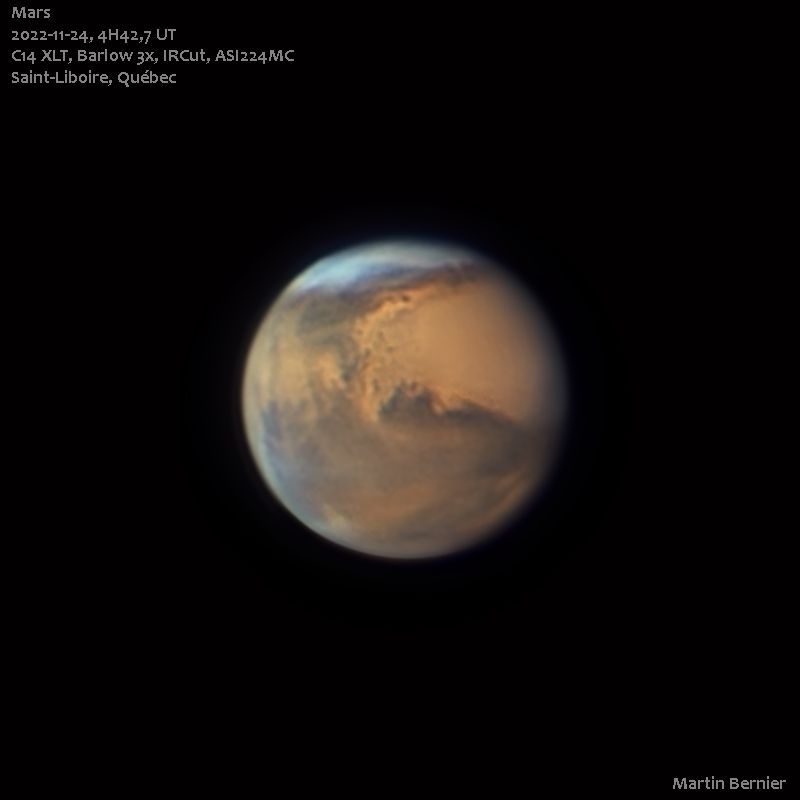



'Dragon's Egg Bipolar Emission Nebula'
Image Credit & Copyright: Rowan Prangley
apod.nasa.gov/apod/ap240424.…
#Astrophotography #astronomy #space
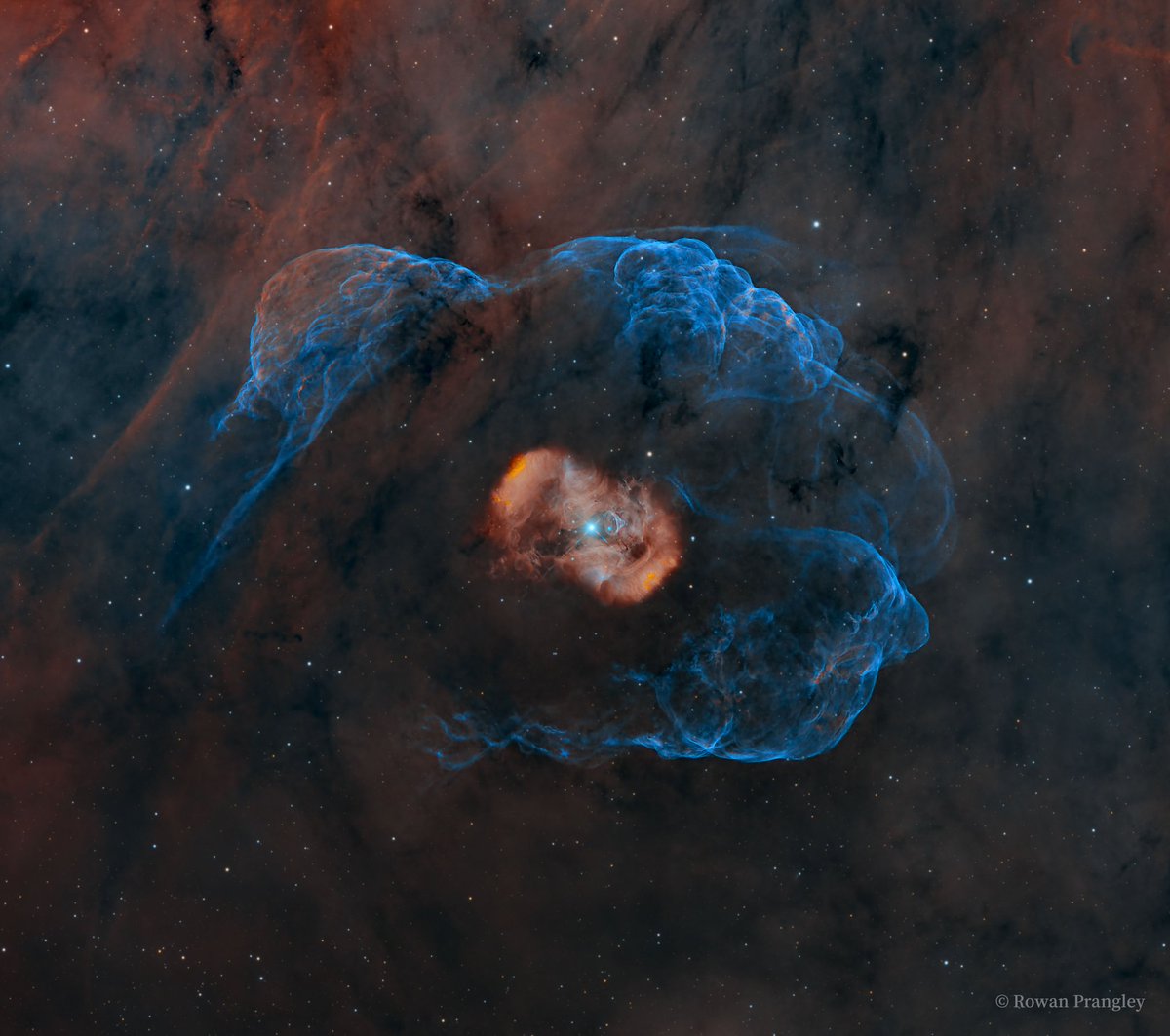




M51 The Whirlpool Galaxy is located approximately 23 million light-years away in the constellation Canes Venatici. This structure is the result of a galactic interaction between two distinct galaxies.
#Astrophotography #Space #Astronomy #Galaxy #Stars #ThePhotoHour #M51
